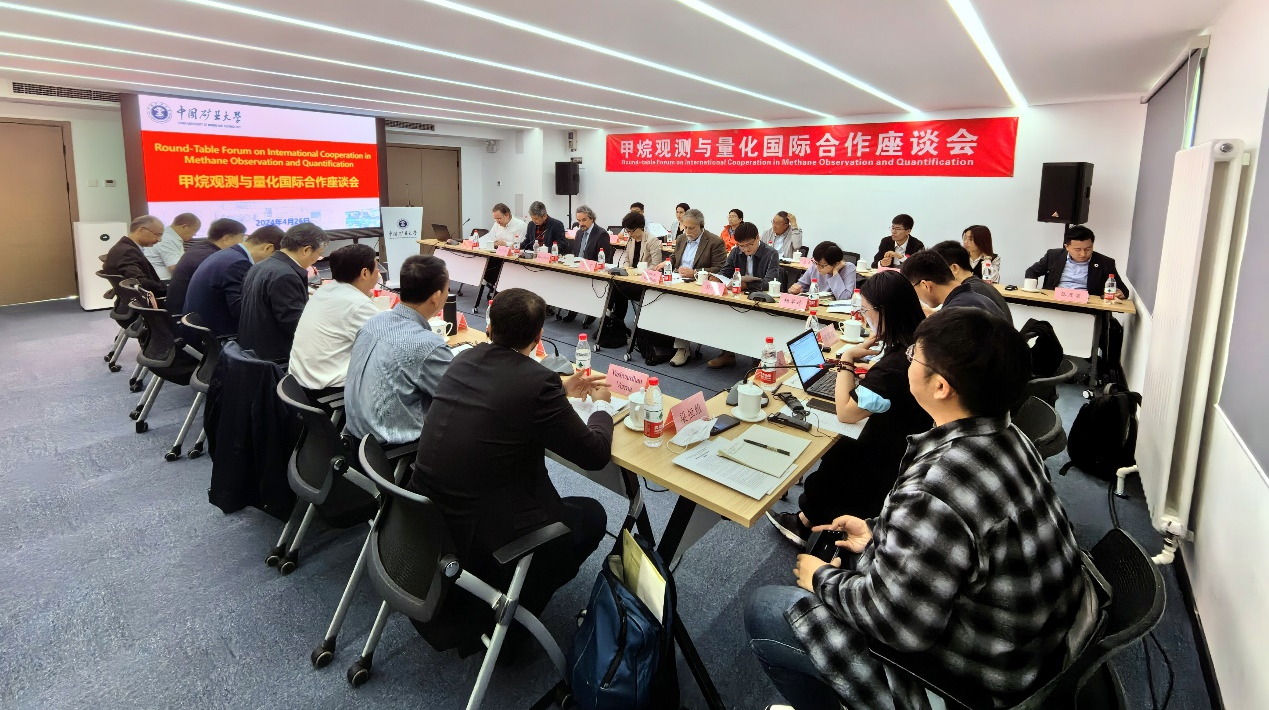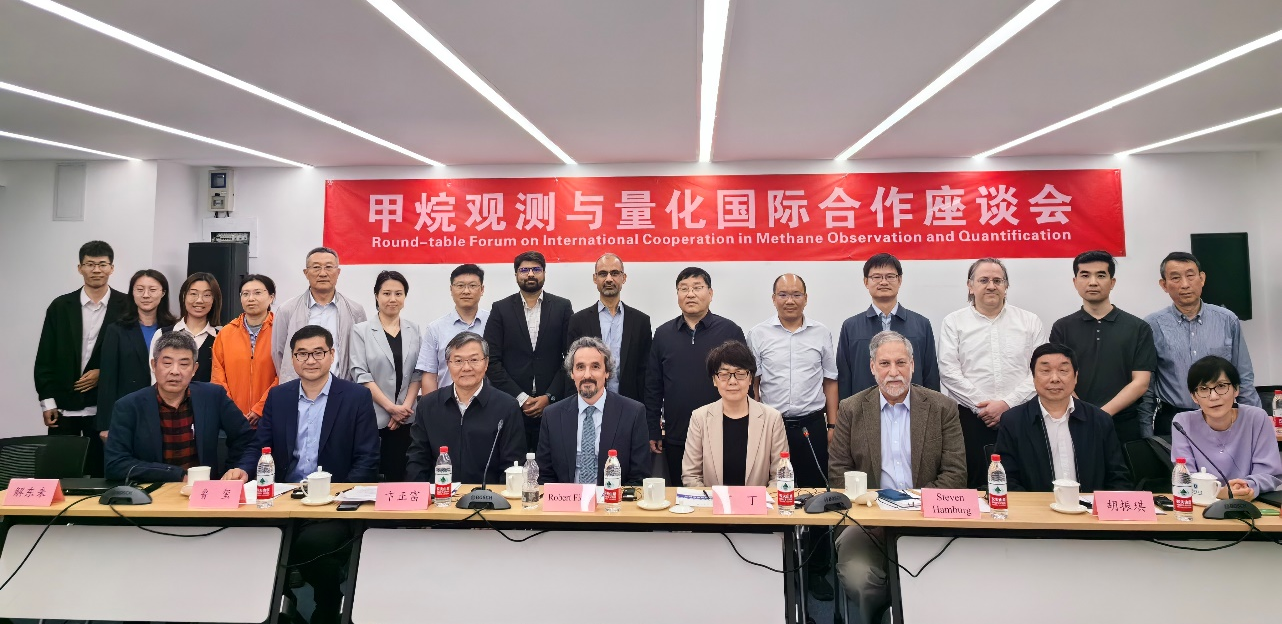The International Cooperation Symposium on Methane Observation and Quantification was held in Beijing
On April 26, the International Cooperation Symposium on Methane Observation and Quantification was held in Beijing. Experts from the Foreign Cooperation and Exchange Center of the Ministry of Ecology and Environment, China University of Mining and Technology, and the International Methane Emission Observatory of the United Nations Environment Programme (UNEP) shared the latest research results and practical experience on methane emission observation technology, quantitative methods and international cooperation, discussed the impact of methane emissions on the global climate and control measures, and jointly provided suggestions for methane observation and quantification path planning and technology development.
Methane greenhouse gas control is an important part of achieving the Paris Agreement's temperature control goals. The use of various technical means to observe and quantify methane emissions is an important support for management and control, and it is important to strengthen consensus and effectively carry out international cooperation in relevant fields.

Photo courtesy of China University of Mining and Technology
Methane greenhouse gas control requires a variety of technical support from the sky and the ground
Satellite remote sensing technology has the advantages of large-scale and low-cost observation, and is becoming an important means of quantitative monitoring and accounting of methane emissions, and the observation results provided by it will strongly support the construction of the "Monitoring, Reporting, Verification" (MRV) system of methane emissions in China.
"It is an urgent task to support the reduction and utilization of methane in the coal industry to establish a multi-scale emission inventory of 'coal mine gathering area-coal mine-gas pumping station/wind shaft facility' that combines top-down and bottom-up with multi-platform and multi-model observation data of space-air-ground-wells such as satellite remote sensing, unmanned aerial vehicles (UAVs), ground and shafts. Qin Kai, a professor at China University of Mining and Technology and deputy director of Jiangsu Provincial Key Laboratory of Coal-based Greenhouse Gas Emission Reduction and Resource Utilization, said.
According to reports, since 2021, the carbon emission and air quality remote sensing team led by Professor Qin Kai and Professor Cohen Jason of China University of Mining and Technology has joined forces with Shanxi Geophysical and Chemical Exploration Institute Co., Ltd. and XinjiangUyghurThe Mine Safety Service and Guarantee Center of the Autonomous Region and other units have successively carried out sky-air-ground-well observation experiments in coal mining areas in Changzhi, Yuncheng, Linfen in Shanxi, Xuzhou in Jiangsu, Fukang in Xinjiang and other places, preliminarily figured out the characteristics of methane emissions in the coal industry, and established a methane emission inventory at the scale of a single coal mine in Shanxi Province.
As Robert Field, director of the Coal Mine Methane Research Program at the United Nations Environment Programme's (UNEP) International Methane Emissions Observatory, said, achieving effective reductions in greenhouse gases such as methane requires more reliable and transparent methane emissions data.
"Although satellite remote sensing technology has been widely used to invert methane concentrations and emissions, the frequency of satellite observations and effective inversion data are still limited due to interference from clouds and aerosols. Qin Kai explained when introducing the quantitative research on methane observation in coal mines, "and the uncertainty of the inversion results is large."
International cooperation is an effective way to monitor methane greenhouse gases
"The current satellite remote sensing technology cannot fully support the methane emission monitoring, accounting, reporting and verification system, and it is urgent to carry out interdisciplinary scientific research and application demonstration in the fields of satellite sensor performance improvement and networking observation, methane concentration and emission inversion technology, and authenticity verification. Qin Kai said.
According to reports, at the 27th meeting of the Conference of the Parties to the United Nations Framework Convention on Climate Change in November 2022, the International Methane Emissions Observatory of the United Nations Environment Programme launched a satellite-based global methane monitoring system, known as the "Methane Alert and Response System" (MARS). The system will use global-scale remote sensing satellites to identify large methane emission plumes and hotspots on a global scale, and then use higher spatial resolution remote sensing satellite data for emission attribution.
"As the second largest greenhouse gas in global warming, methane control is an important part of achieving global climate governance goals, and international cooperation plays a key role in methane monitoring and quantification. Ding Ding, deputy director of the Foreign Cooperation and Exchange Center of the Ministry of Ecology and Environment, said that experts and scholars in the field of methane observation and quantification at home and abroad should further strengthen exchanges and cooperation, and promote the introduction of general monitoring methods and international standards, which can make China's contribution to addressing the challenge of methane emissions and global methane emission reduction.

Photo courtesy of China University of Mining and Technology
It is reported that the symposium was hosted by China University of Mining and Technology, undertaken by the School of Environment and Surveying and Mapping, China University of Mining and Technology, and the Institute of Strategic Development of Energy and Resources.







